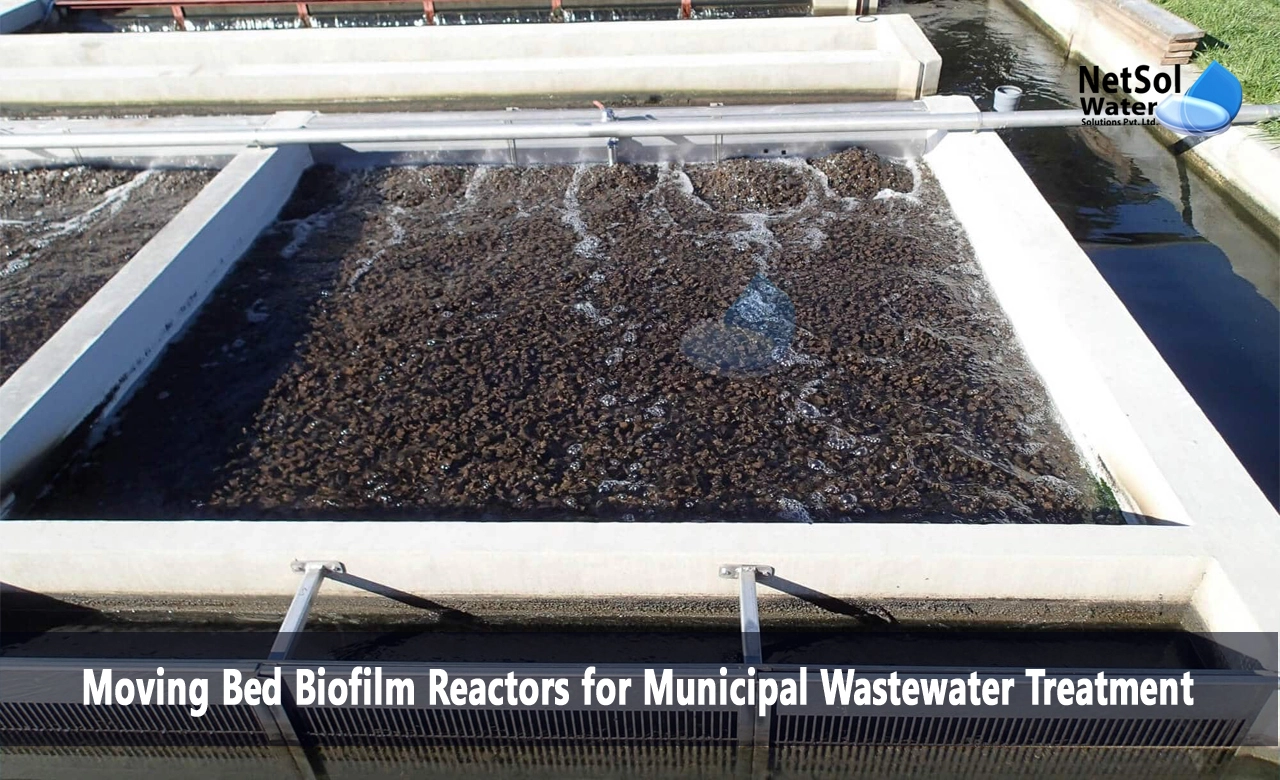What is MBBR and Its Application for Municipal Wastewater Treatment?
Municipal wastewater treatment is essential for protecting public health and the environment. As populations grow, there is increasing pressure on wastewater treatment plants (WWTPs) to expand capacity and meet stricter discharge regulations. Moving bed biofilm reactors (MBBRs) have emerged as an effective wastewater treatment technology for municipalities over the last few decades. This blog provides an overview of MBBRs and their application for municipal wastewater treatment.
What are MBBRs?
MBBRs are a type of attached growth process where biomass grows as biofilms on small plastic carrier elements that move along with the water in the reactor. The moving carrier elements provide continuous mixing and prevent biomass washout. As wastewater flows through the reactor, pollutants are aerobically degraded by the active biomass on the carriers.
Compared to conventional activated sludge processes, MBBRs involve no sludge recycle and require significantly less space due to high-density biomass retention. The basic components of an MBBR system include the reactor basin, carriers, aeration system, and secondary clarifier. MBBRs can be designed as individual stages or integrated with other unit processes at a WWTP.
Advantages of MBBRs
MBBRs offer several advantages that make them well-suited for municipal WWTPs:
1- Compact footprint and high treatment capacity - MBBRs require less space compared to activated sludge for an equivalent level of treatment. The high-density carrier elements provide large surface area for biomass growth per reactor volume.
2- Robust process performance - The attached growth biofilm is more resistant to shock loads and toxicity compared to suspended growth systems. MBBRs provide consistent treatment despite flow and load variations.
3- Low sludge production - With no sludge recycle, sludge handling costs are reduced. MBBR sludge also has better settling and dewatering characteristics.
4- Flexible staging - MBBRs can be designed as stand-alone systems or integrated with other existing processes. Additional capacity can be added modularly.
5- Low operating costs - Savings are achieved through reduced energy demand for aeration and minimizing waste sludge handling. Automated operation also lowers labor costs.
Municipal Applications
The benefits above make MBBRs suitable for several municipal wastewater treatment applications:
1- Organics removal - As primary treatment for BOD/COD removal or as retrofits/upgrades to activate sludge plants.
2- Nitrification - Effective nitrification of ammonia to meet discharge norms.
3- Denitrification - Anoxic MBBRs can be integrated for nitrogen removal.
4- Tertiary treatment - Polishing MBBRs can remove residual organics and nutrients.
5- High-strength waste streams - For treating septic tank sludge, fats/oil/grease trap waste, and leachates.
6- Wet weather flows - Added capacity to handle hydraulic peaks during wet weather.
Design and Operational Aspects
MBBRs are designed based on organic and hydraulic loading rates for the target wastewater. Carrier element types and fill ratios are selected to provide optimal surface area and mixing. Aeration system design and DO control are critical for managing biofilm thickness and activity. Secondary clarifiers downstream separate treated water from the carrier elements.
For successful operation, carriers must remain uniformly mixed without accumulation or washout. Biofilm monitoring and management strategies help sustain optimal biomass activity. Gradual acclimation of biomass during startup prevents process upsets. Routine monitoring of influent, reactor conditions, and effluent is necessary for timely control adjustments.
Conclusion
With their distinct advantages, MBBRs have become an increasingly popular technological choice for expanding and upgrading municipal WWTPs. Compact MBBR installations help facilities meet effluent requirements cost-effectively even with growing populations and stricter regulations. While design and operations require specialized expertise, MBBRs represent a robust and reliable process option for municipalities aiming to provide sustainable wastewater treatment.
Do you need an advice or assistance on selecting the best water and wastewater treatment unit? We have solutions for all your problems!
Let us know your problem, our experts will make sure that it goes away.
For an assistance or related query,
Call on +91-965-060-8473 Or write us at enquiry@netsolwater.com



